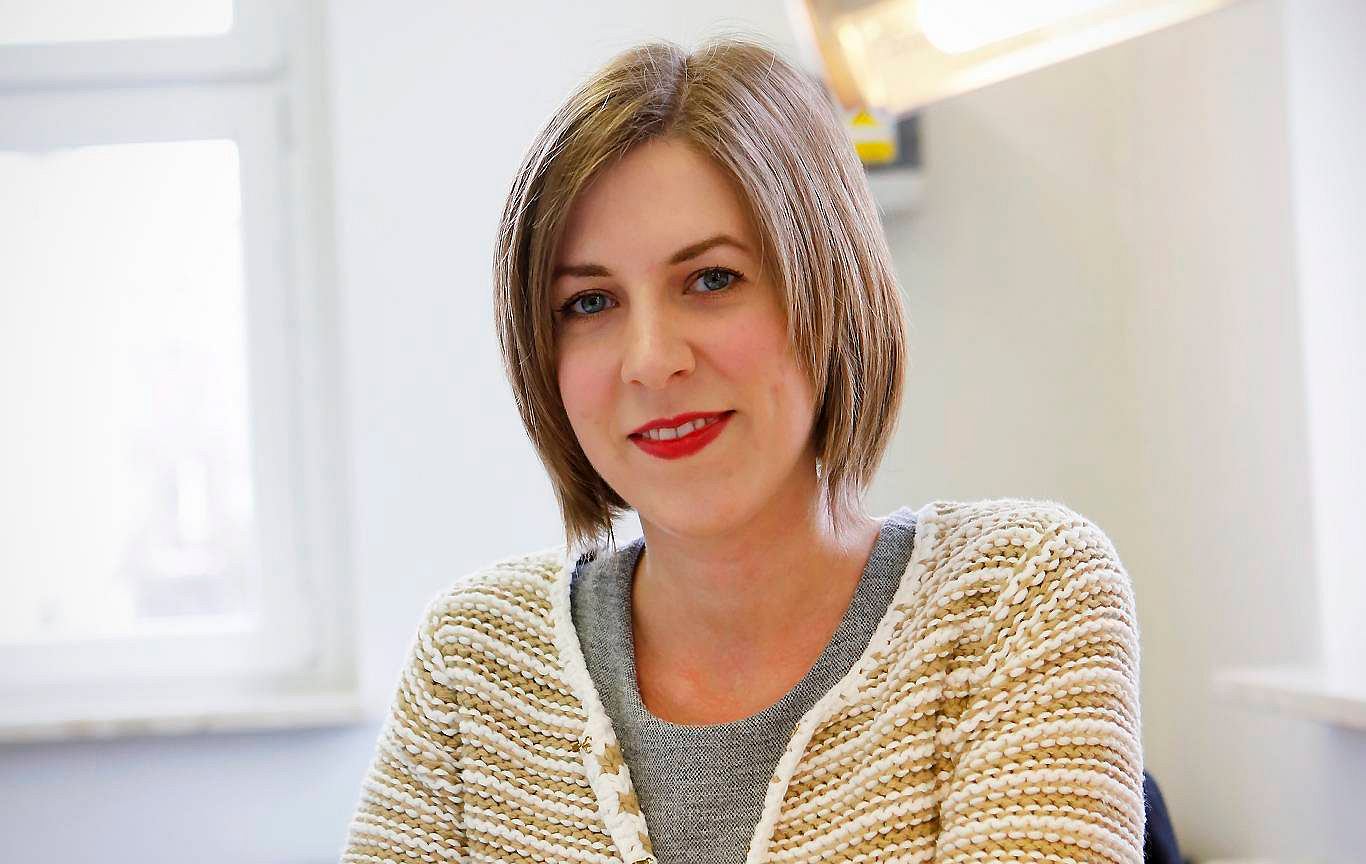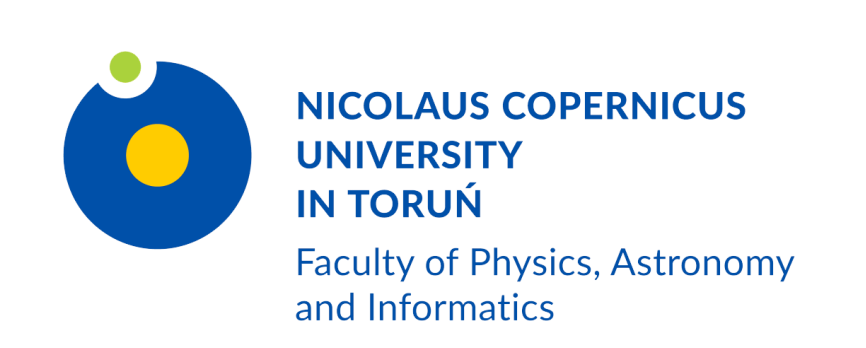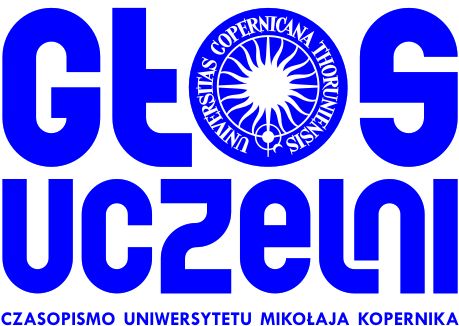
Katharina Boguslawski, born in Bydgoszcz in 1986, obtained her M.Sc. degree at ETH Zurich in 2009, one of Europe’s best universities. She graduated top-of-class and received the “Willi–Studer–Award” as an honor. In 2012, she defended her PhD thesis at the same university. After her PhD studies, she obtained a research grant from the “Early postdoc mobility fellowship” program funded by the Swiss National Science Foundation to do a post-doc at McMaster University, ON, Canada. During her stay at McMaster University, she was awarded the prestigious “Banting Fellowship”. In 2015, she returned to Poland, where she joined the research group of Prof. Ireneusz Grabowski at the Faculty of Physics, Astronomy and Informatics (WFAiIS). For her scientific achievements, Katharina Boguslawski, PhD., was awarded a START 2016 scholarship, a scholarship of the Ministry of Science and High Education for outstanding young scientists, a SONATA BIS grant from the National Science Center, Poland, to establish her own research group, as well as the very prestigious “Marie Skłodowska-Curie Action Individual Fellowship European Fellowship” (MSCA IF-EF) grant of the European Commission. She is currently working at the Faculty of Chemistry of Nicolaus Copernicus University in Torun, where she is realizing her MSCA IF-EF fellowship. At the same time, she is leading her own research group at WFAiIS. Outside work, Katharina Boguslawski takes care of her 11-month-old daughter, Zosia.
The digital “radioactive soup”
Uranium and Plutonium are one of the World’s cheapest and most efficient sources of energy. Understanding the chemical behavior of actinides is crucial for separating, storing, and disposing of nuclear waste. Yet, the usage of nuclear power is shadowed by its toxic waste-products and the expensive and cumbersome reprocessing thereof. A typical nuclear waste cycle includes separation, purification, storage, and disposal of the radioactive “soup”—a wild mixture of unknown compounds. From an environmental and economical point of view, we must be able to retrieve all undecayed Uranium and Plutonium from the nuclear waste for reuse as fuel or disposal separate from shorter-lived isotopes. However, the ambiguity of the chemical composition of the radioactive soup poses a severe drawback for reprocessing nuclear waste and deeper insights into the reactivity of Uranium and Plutonium compounds are crucial to improving today’s separation methods. Therefore, an essential element of actinide-based research is the prediction of the stability and properties of actinide compounds. Unfortunately, the acute toxicity, radioactivity, and instability of Uranium/Plutonium compounds complicate experimental studies. Theoretical approaches can be used to determine molecular properties and can provide a fundamental understanding of actinide reactivity and reaction mechanisms. This information can be used to discern “what’s inside the soup” and “how to get it out”.
A reliable quantum-mechanical treatment of the chemical properties of actinide elements must satisfy two requirements: (i) it must provide a reliable treatment of relativistic effects (the velocity of electrons in actinide atoms is close to the speed of light) and (ii) it must address the fact that electrons (there are 92 electrons in a single Uranium atom) do not move independently, but in a correlated fashion. Describing both effects on an equal footing is immensely challenging for present-day quantum chemistry and physics. Since many decades, theoretical chemists and physicists have been developing new quantum mechanical models to provide a better (that is, more accurate and reliable) description of such compounds. Such theoretical models are usually tested on large and expensive supercomputers. In our group, we develop new approaches that will provide a direct, atomistic, and quantitative computational model for heavy-element chemistry. Specifically, our new approaches will allow us to reliably describe the structure and properties of heavy-element-containing compounds. At the same time, we require our proposed models to be inexpensive and computationally feasible so that we do not have to wait several years for our calculations to finish. Our quantum mechanical models will help us to understand nuclear waste reprocessing and will provide the essential insights that are needed to guide the synthesis of new actinide compounds that can be used to separate Uranium and Plutonium from the other components in the soup of nuclear waste.
Why the Faculty of Physics, Astronomy and Informatics at NCU in Toruń? The Faculty, and especially the Department of Quantum Mechanics, with its numerous distinguished experts, has broad experience in developing new quantum chemistry methods. This was my main motivation to return to Poland after spending 26 years abroad. In addition, working at WFAiIS offers me the possibility to collaborate with many different research groups on many other interesting fields.

 Grudziądzka 5, 87-100 Toruń
Grudziądzka 5, 87-100 Toruń